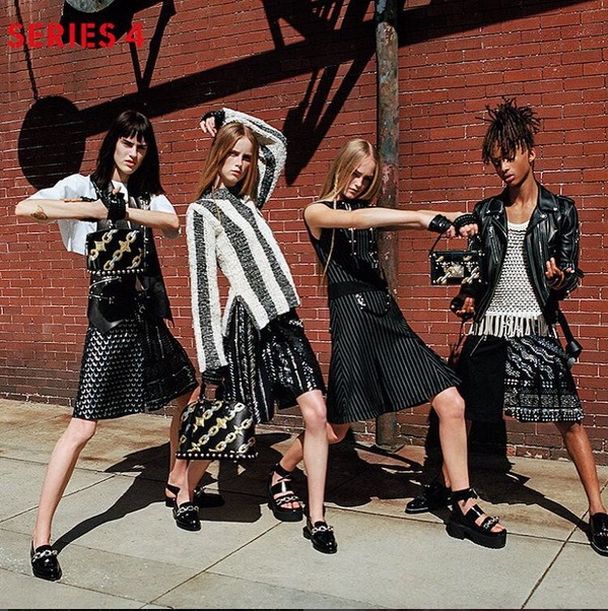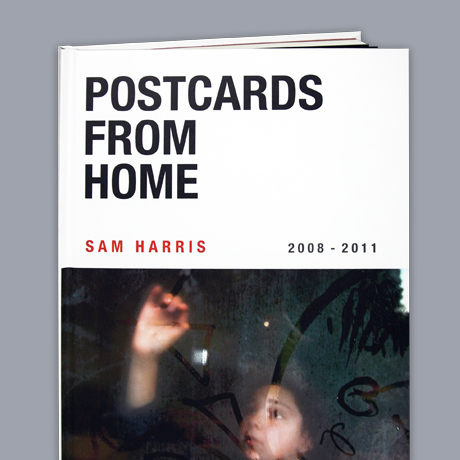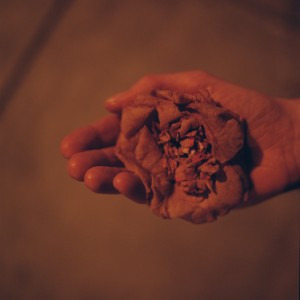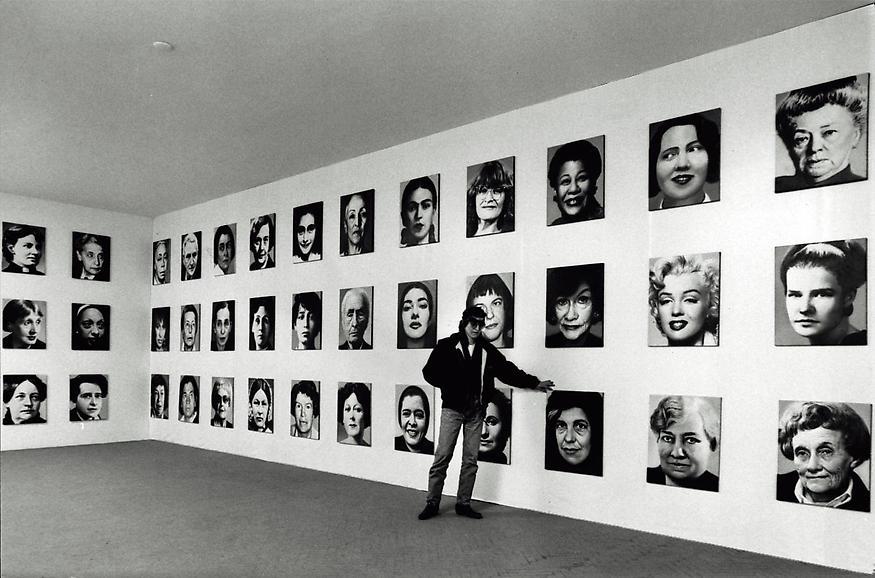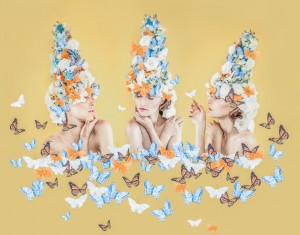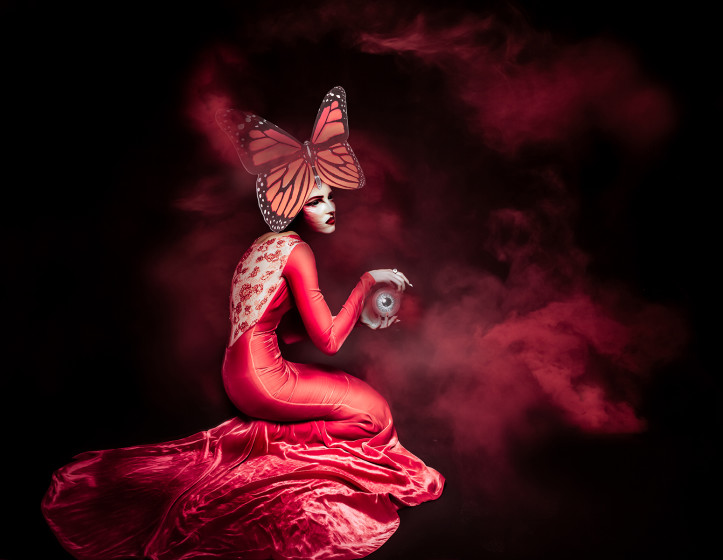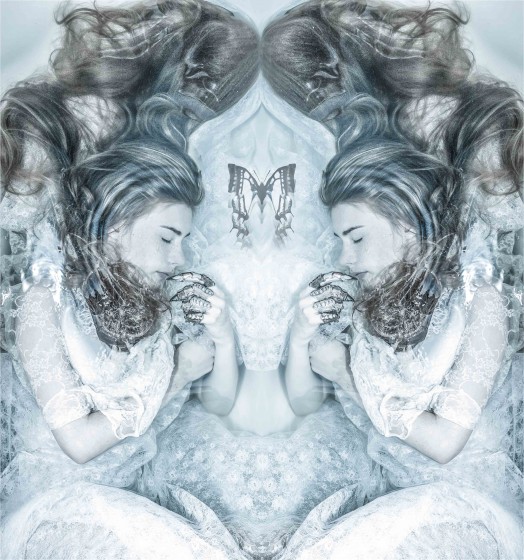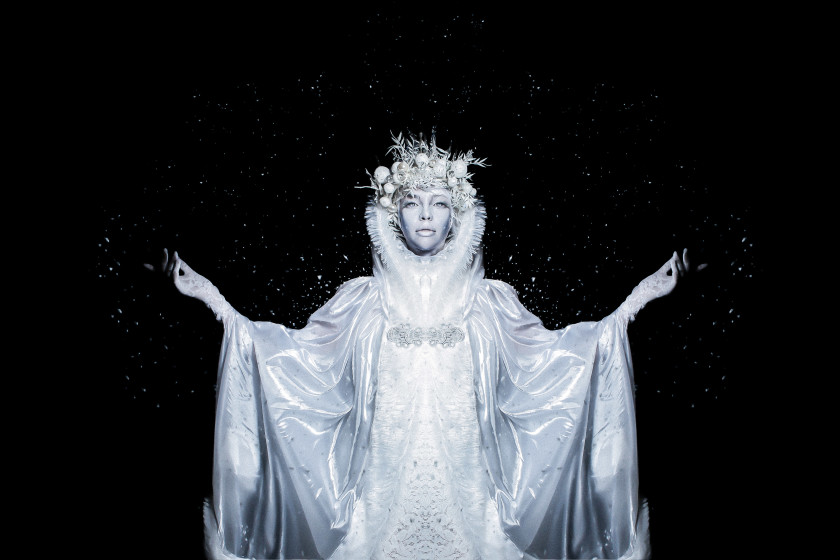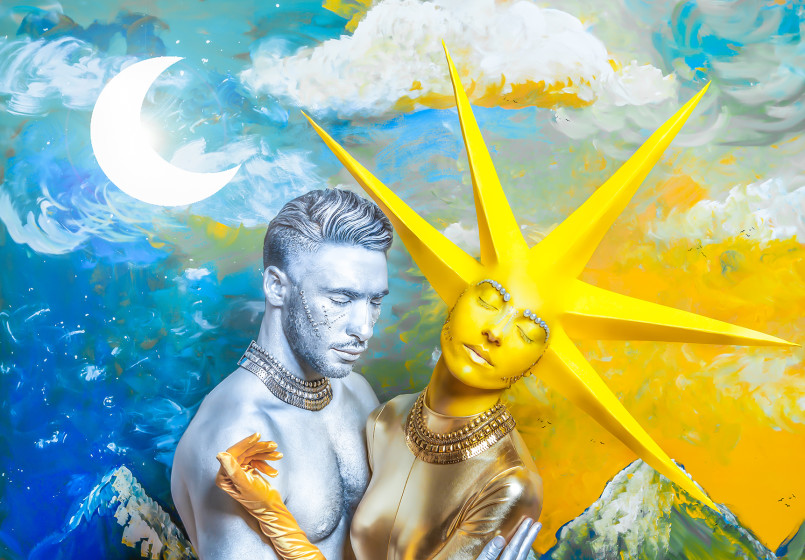“FLORENCE LEONA THOMPSON Migrant Mother – A Legend of the Strength of American Motherhood.”[20]
Dorothea Lange is an American documentary photographer and photo journalist born in New Jersey, she was the second generation of German Immigrants. She is best known for her photographs during the depression era in America during 1920’s and 1930’s , she photographed the consequences of this great depression. Dorothea was educated in photography at Columbia University in New York City.
Florence Ownes Thompson born on September 1st 1903 born in Indian Territory, which is now Oklahoma. Florence is most well know for the iconic photograph taken by Dorothea Lange of her and her children. The photograph was taken on a camping site where they had set up temporarily while her husband had gone to get the car radiator repaired . Dorothea Lange drove past the camp site and decided to take photograph of Florence and her family , she took 6 photographs in the space of 10 minutes. This encounter happened differently according to Dorothea, Dorothea said that she did not ask Florence’s name or her history. Florence told her, her age which was 32 at the time. Florence had also said that they had been living on frozen vegetables from the surrounding fields and birds that the children killed. She had just sold the tires from her car to buy food.
According to Florence, Lange promised the photos would never be published, but Lange sent them to the San Francisco News as well as to the Resettlement Administration in Washington, D.C. This picture had an immediate influence of the public along with the news that 2,500 to 3,500 migrant workers were starving in Nipomo, California. Within a few days, the pea-picker camp where Florence was camping received 20,000 pounds of food from the government. However Florence and her family had moved on by the time the food arrived at the camp and were working near Watsonville, California. The photograph because a type of symbolism to represent what was happening in America at the time.
I choose to research Dorothea Lange because the work she produced has some links with the work I am doing for my personal study. Both my work and Dorothea’s are of the life of migrant mothers. I am photographing my mum her working environment and as her role as a mother in a documentary style. I am going to use Dorothea’s work in my essay and compare the links between mine and her work.
http://www.moma.org/collection/artists/3373 – her work



